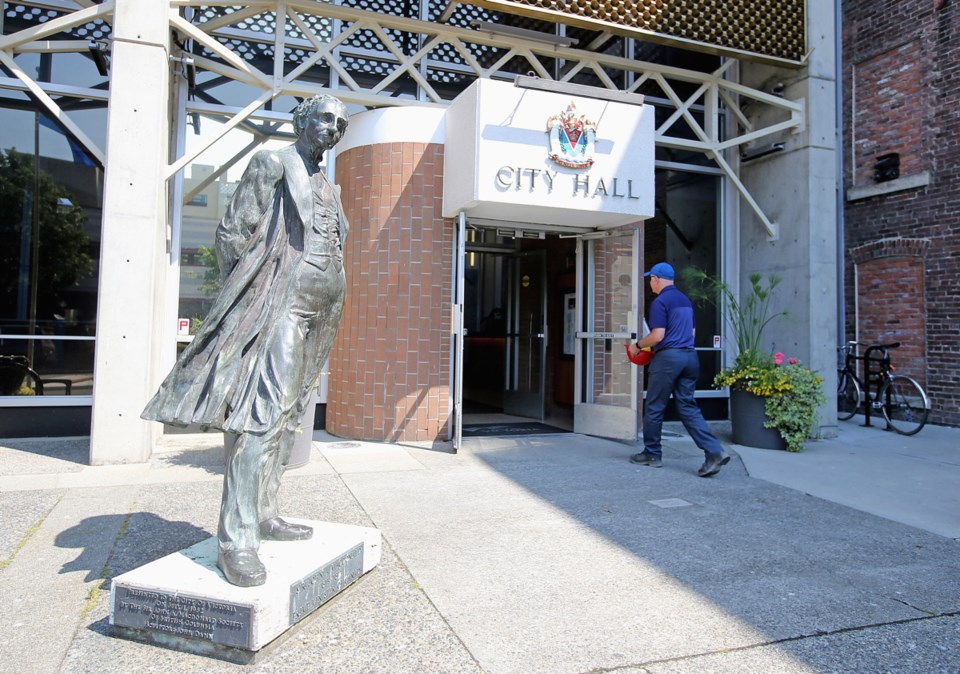With the controversial removal of Sir John A. Macdonald’s statue from the front steps of Victoria City Hall, British Columbia’s capital joins other cities across North America grappling with unsettling truths about the past. Emotionally charged public protests and social media commentary reveal a deep social divide, fuelling anger and racism.
This is a stark reminder that how citizens choose to publicly remember a country’s history is always contentious and highly political. In 2017, as Canada marked the 150th anniversary of Confederation, Indigenous Peoples across the country told Canadians that, bearing in mind broken treaties, residential schools, racism, poverty, lack of clean water, good housing, education and health care, they had little to celebrate.
In light of these harsh realities, Canadians must ask themselves some critical questions. Whose stories are told and whose are excluded? Who are the heroes we honour and who are forgotten? Which historical events are remembered and why?
Indigenous nations held counter-commemorations to remember family and community histories of loss and to honour their survival and resistance. They welcomed Canadians to events that celebrated the revitalization and resurgence of diverse Indigenous cultures, languages, traditions and arts.
When Indigenous voices, perspectives and experiences expose unsavoury aspects of our collective past, it disturbs, even angers, some citizens. They believe that Indigenous people should just get over a past that cannot be changed. They see no need to disrupt the historical status quo and say that it is wrong to revise Canada’s history. Yet historians know that history is always evolving, as new information and ideas surface, raising new questions about the past.
The Truth and Reconciliation Commission of Canada, like other TRCs across the globe, frames the issue differently: Making space for the histories of those who have been oppressed and harmed by the state is part of making reparations for historical injustices in ways that repair damaged relationships, build trust and foster reconciliation. This remaking of history happens when people come together to remember the past, uncovering hard truths and sharing knowledge to generate new understanding.
For reconciliation to continue, we must find concrete ways to sustain mutually respectful relationships in the face of ongoing controversies and conflict. As the debate over the removal of Macdonald’s statue continues, we should not lose sight of the important groundwork that has been laid over the past year by the Songhees and Esquimalt Nations and Victoria city council.
Together they established a reconciliation process based on a traditional Lekwungen governance system of family-centred, shared decision-making. They created a city family, and Songhees and Esquimalt chiefs and councils serve as witnesses whose role is to listen and advise. This is significant because as the TRC concludes: “Reconciliation will be difficult to achieve until Indigenous peoples’ own traditions for uncovering truth and enhancing reconciliation are embraced as an essential part … of truth determination, dispute resolution and reconciliation.”
Viewed from this broader perspective, the city family has built a solid foundation to forge new pathways of reconciliation so that future generations can live side-by-side in prosperity and peace. Their first act of reconciliation is controversial but unsettling in a good way. Removing the statue, a visible reminder of an individual who did so much harm to Indigenous Peoples, is an act of respect and empathy. Indigenous voices are being heard, and people who have never considered why this history still matters today are becoming engaged.
The city plans to undertake a series of public reconciliation dialogues to determine next steps. Many more people will be able to share their views on whether Canada’s first prime minister should be remembered as a visionary nation-builder, the architect of the Indian Act and residential school system, or both.
Bringing Indigenous and non-Indigenous people together to talk about history and get to know one another as neighbours on these lands they now share is a good beginning.
Paulette Regan, PhD, was senior researcher and lead writer on the reconciliation volume of the Truth and Reconciliation Commission’s final report and is the author of Unsettling the Settler Within: Indian Residential Schools, Truth Telling and Reconciliation in Canada.



